Icing Test Documentation
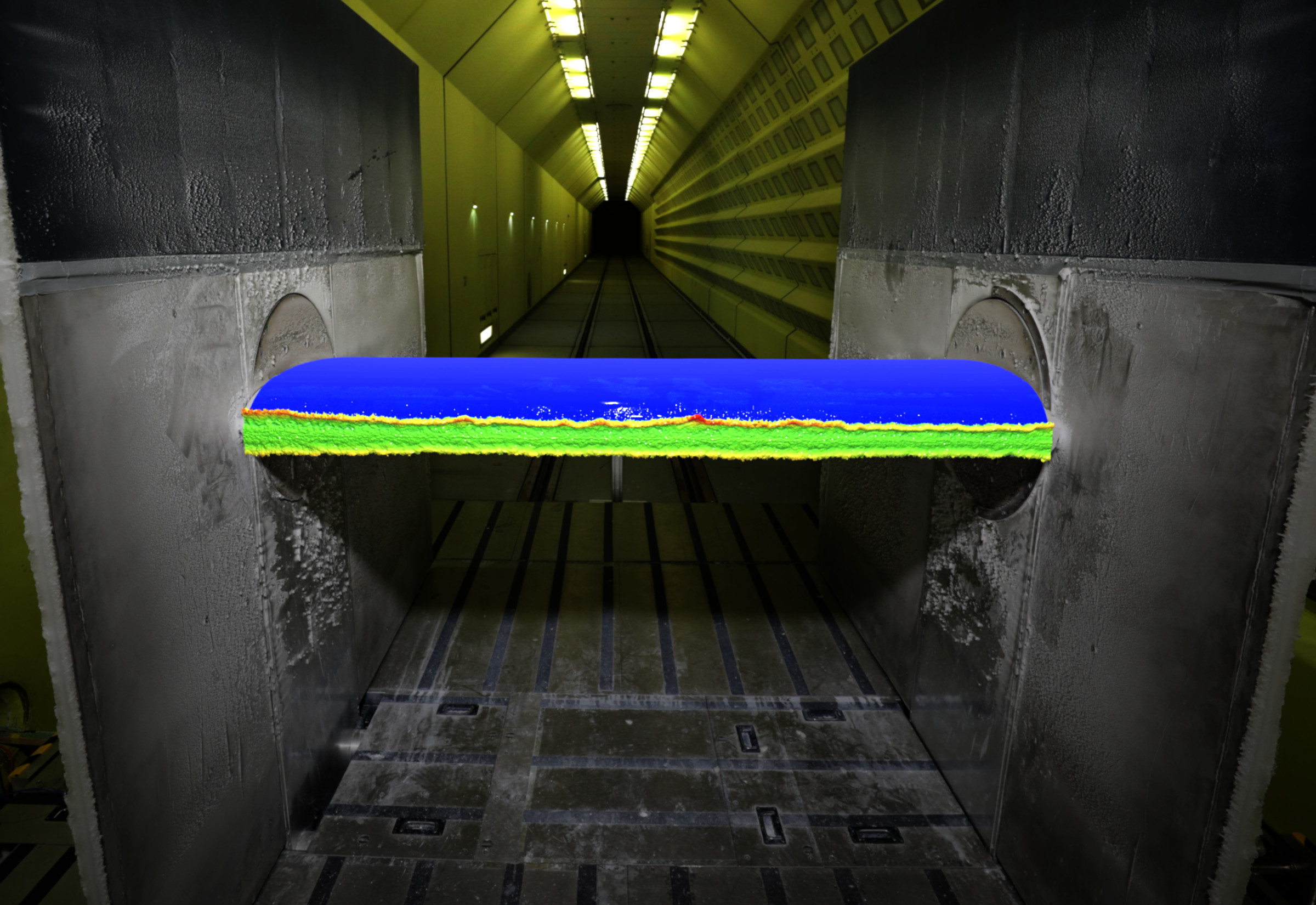
The precise documentation of ice accumulations is essential to determine the effects on the performance of the aircraft. Pegasus is your competent partner for the documentation and evaluation of ice deposits.
3D scanning: High-resolution measurement of the final ice build-up on the test object with accuracies in the micrometer range
4D scanning: Time-resolved documentation of ice growth on the test object
High-speed cameras: Documentation of ice shedding processes on propellers
Evaluations & analysis: Our specially developed ICELAB evaluation tool gives you detailed insights into your test results.
Your advantages:
- Accurate and sustainable test documentation
- Highly accurate 3D validation data for simulation models
- Detailed evaluation of the results
- Basis for certification reports
- Solid basis for further simulations and developments
- Basis for the production of artificial ice replications
- Quantitative comparison of different tests
2D Tracings
Cross-sectional tracings are a classic method to document 2D contours of an ice structure. We use hot negative molds to melt a slit in the ice. The 2D contour is then removed at this point and digitized.
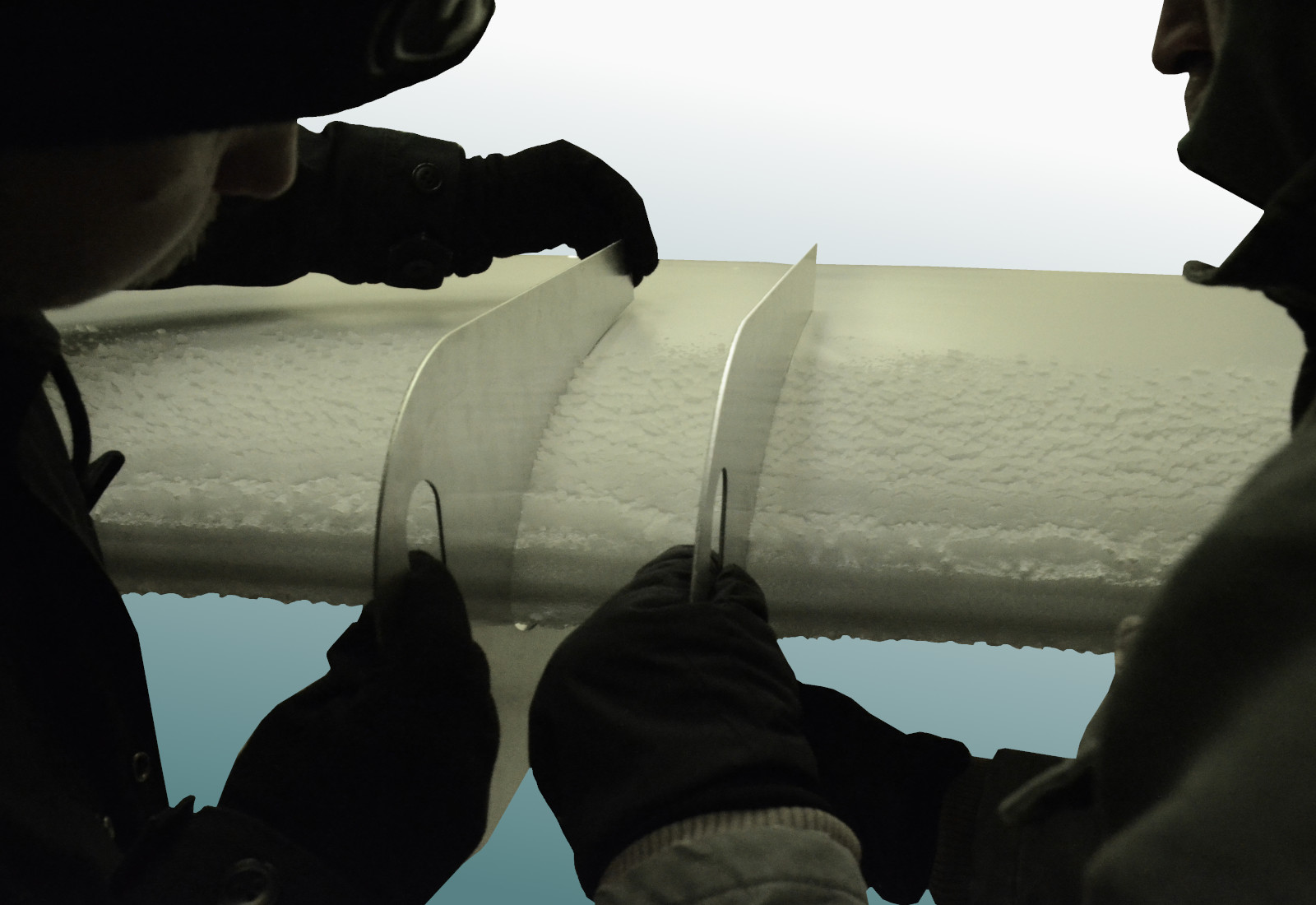
3D Scanning
With our highly accurate and certified 3D scanning systems, we have the best way of documenting your icing tests in the long term. Thanks to the experience of hundreds of icing tests, we can guarantee a smooth and efficient process in the icing wind tunnel.

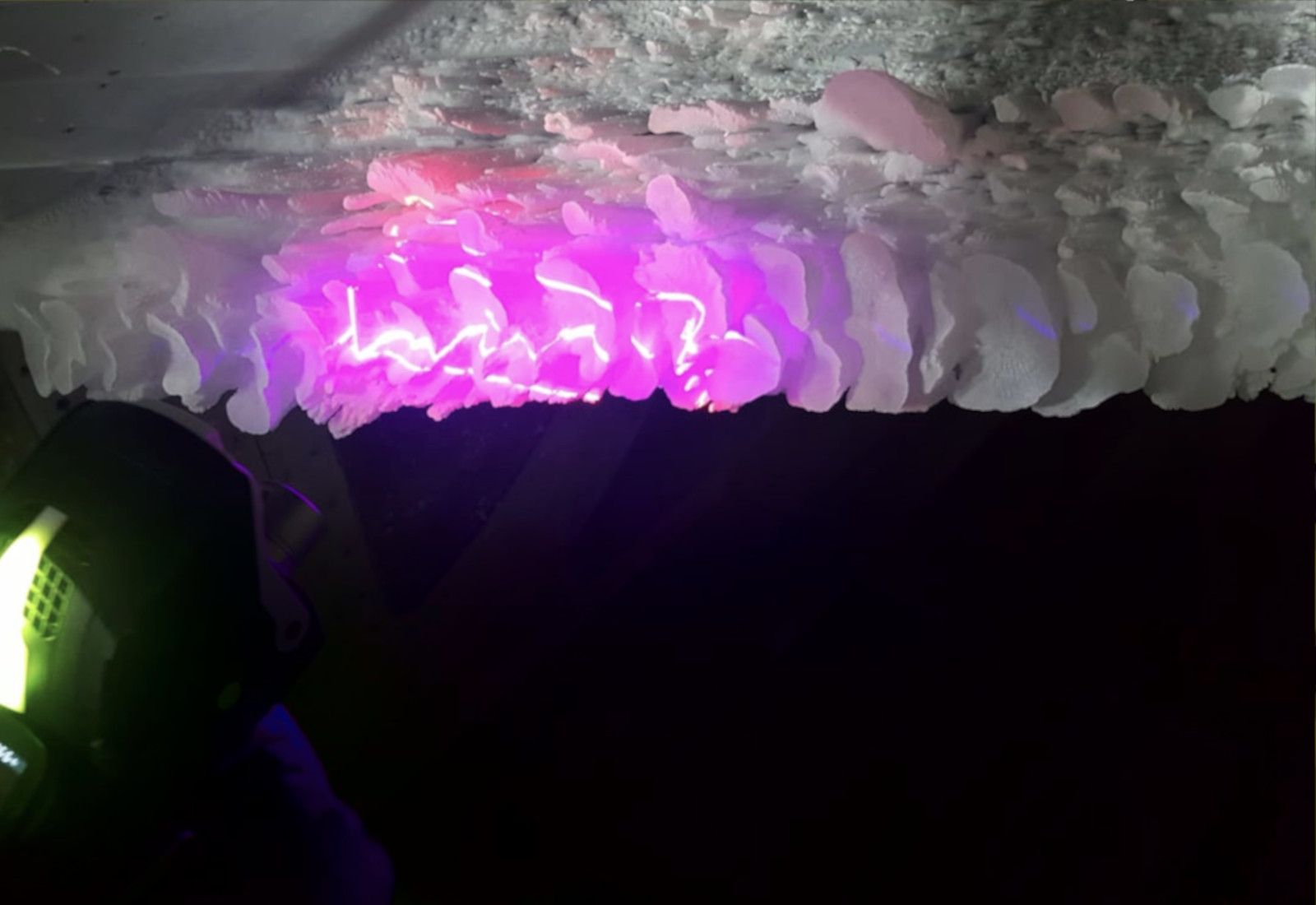

4D Scanning
The 4D scanning technology developed by Pegasus and the Austrian Institute for Icing Sciences makes it possible to document iced surfaces during a test. This makes it possible to reconstruct the dynamic effects of the ice formation process retrospectively or to document the effectiveness of de-icing systems.
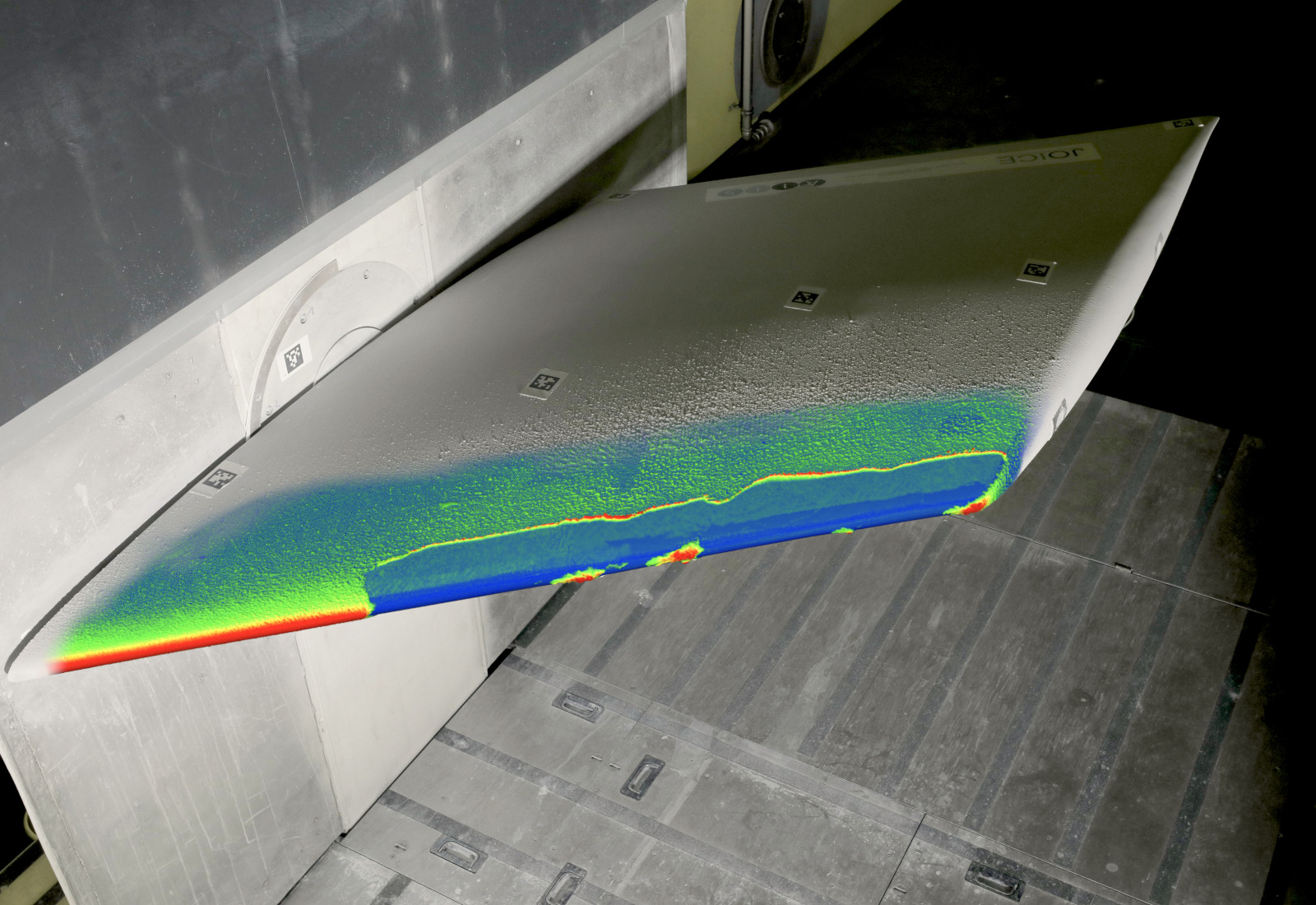

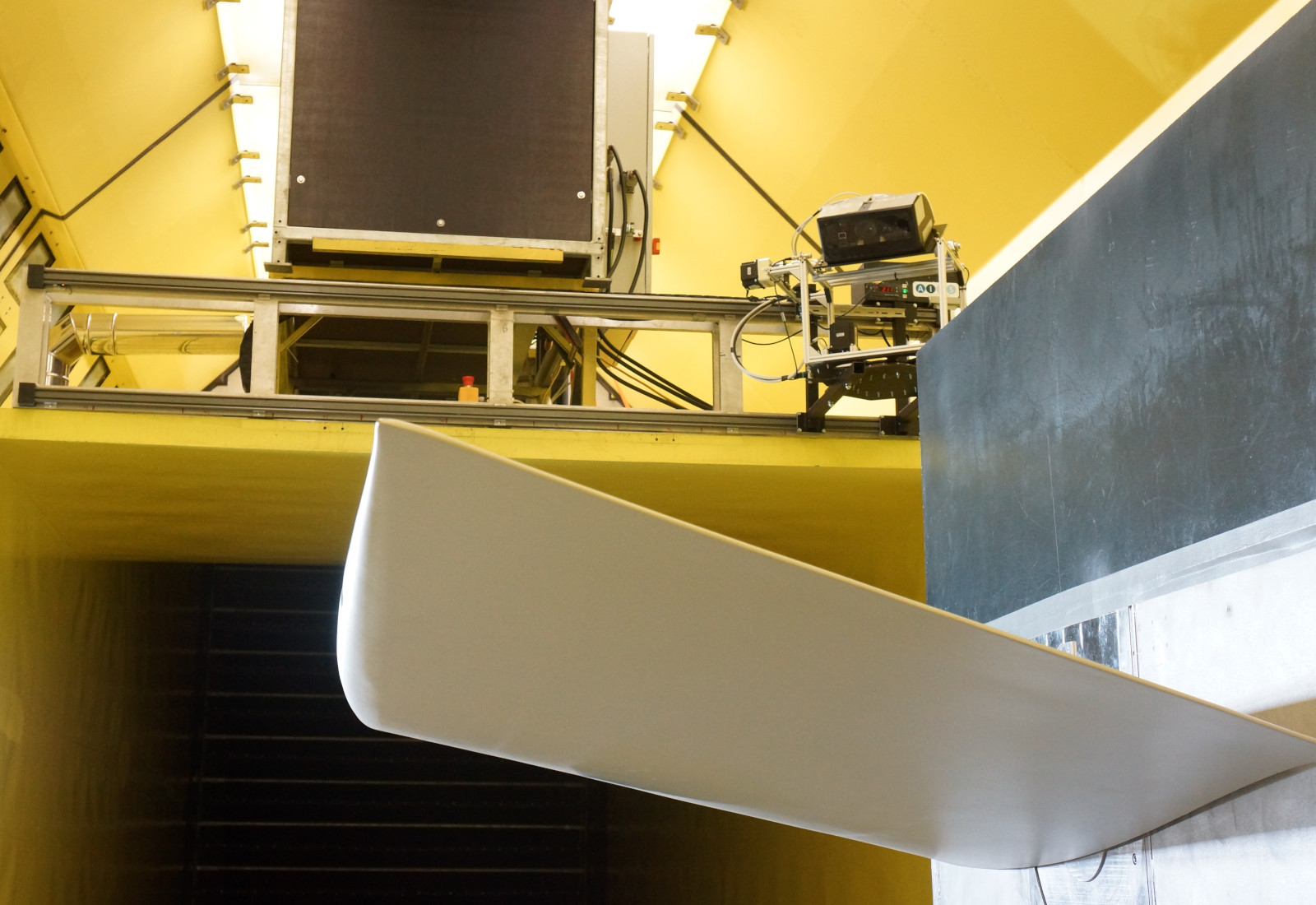
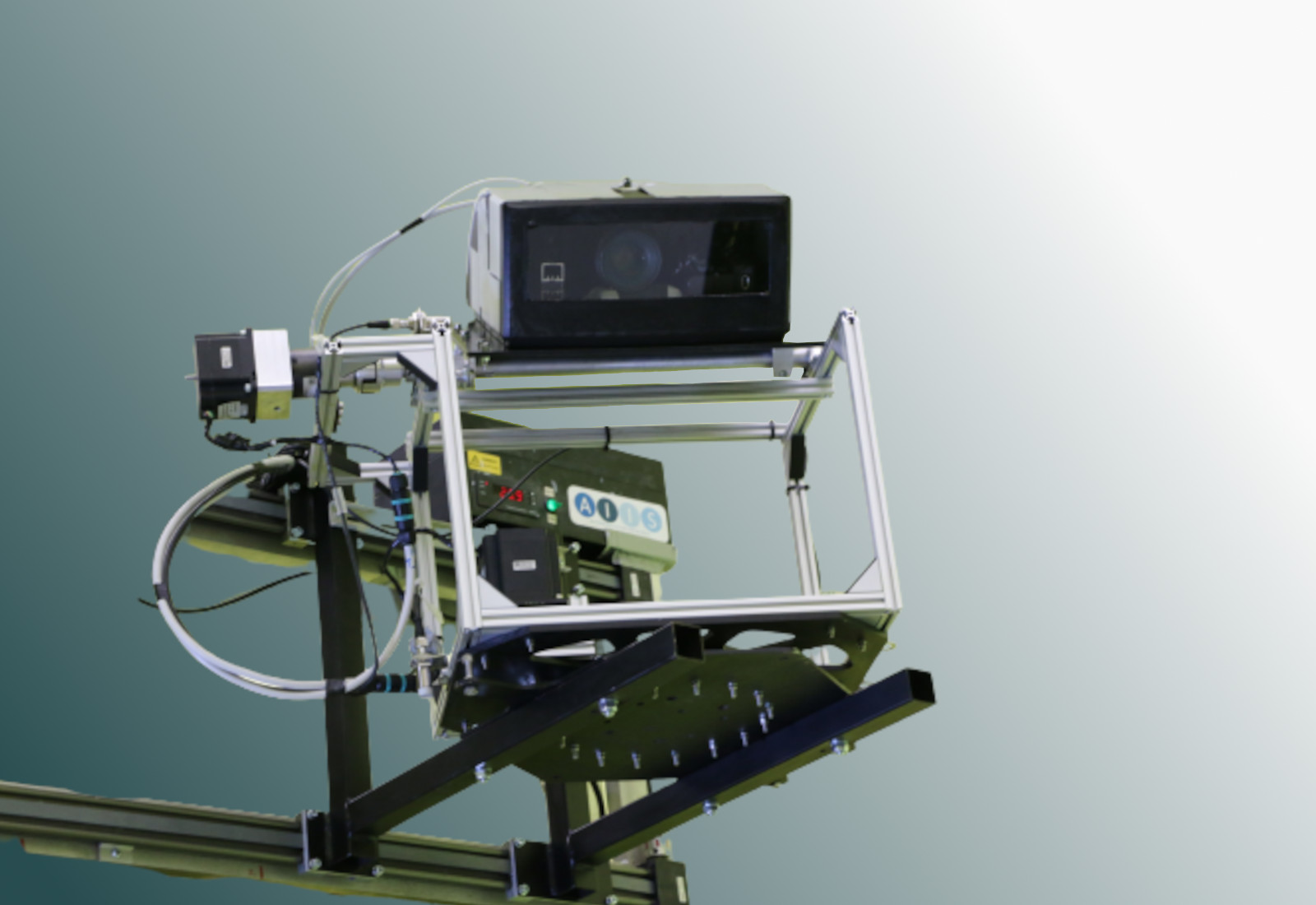
High Speed Cameras
By using several high-speed cameras, we are able to document dynamic effects such as slipping ice from propellers or the effect of de-icing systems. Using special video analysis, we can reconstruct the trajectory of the particles and estimate their volume.
